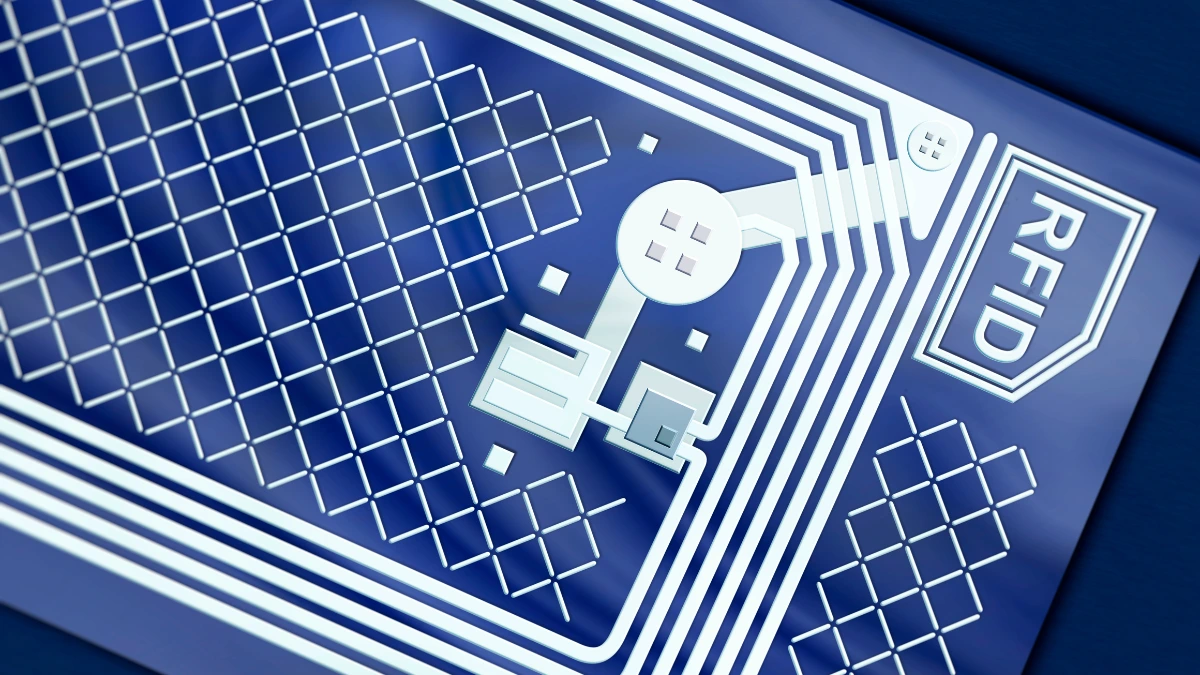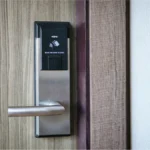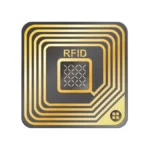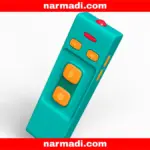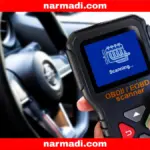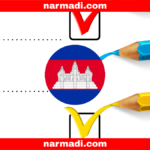Radiofrequency identification (RFID) technology is becoming much more common in several industries. RFID radio frequency type is one of the classifications of RFID tags.
RFID radio frequency type commonly used for communication are low, high, or very high frequencies.
RRFID radio frequency type are also regulated or standardized at national, regional, and global levels to ensure that RFID tags work with any reader and do not interfere with each other.
Also Read
In this article, we will provide information regarding RFID radio frequency type from the lowest frequency to the highest.
Table of Contents
RFID Radio Frequency Type
RFID radio frequency type is divided into three types of frequencies low, high, to very high frequencies.
The following is an explanation of RFID radio frequency type from low, high to very high frequencies.
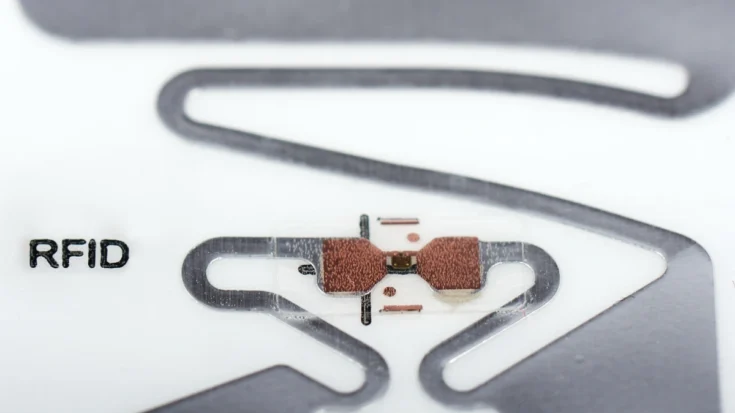
1. RFID Low Frequency (LF)
This RFID system operates in the 30 KHz to 300 KHz range and has a reading range of up to 10 cm.
Although it has a shorter read range and slower data read speed than other technologies, this system works better in the presence of metal or liquids (which can interfere with other types of RFID tag transmission).
Common standards for RFID LF include ISO 14223 and ISO/IEC 18000-2. LF tags are used in access control, livestock tracking, and other applications where a short reading range is acceptable.
2. High Frequency (HF) RFID
The HF system operates in the 3 MHz to 30 MHz range and provides a reading distance of 10 cm to 1 m.
Typical applications include e-ticketing payments and data transfer. Near Field Communication (NFC) technology is based on HF RFID and has been used for payment cards and hotel key card applications.
Other types of smart card and proximity card payment and security systems also use HF technology.
Standards include ISO 15693, ECMA-340, ISO/IEC 18092 (for NFC), ISO/IEC 14443A, and ISO/IEC 14443 (for MIFARE and other smart card solutions).
3. Ultra High Frequency (UHF) RFID
This system has a frequency range between 300 MHz and 3 GHz, offers a reading range of up to 12 m, and has faster data transfer speeds.
These systems are more sensitive to interference from metals, liquids, and electromagnetic signals, but new design innovations have helped mitigate some of these problems.
UHF tags are much cheaper to produce and are thus commonly used in retail inventory tracking, pharmaceutical anti-counterfeiting, and other applications that require large quantities of tags.
The global EPC standard Gen 2/ISO 18000-6C is a well-known global standard for item-level tracking applications.
Those are the three types of radio frequency RFID from lowest to highest frequency. Hopefully, the information in this article is useful for you!

